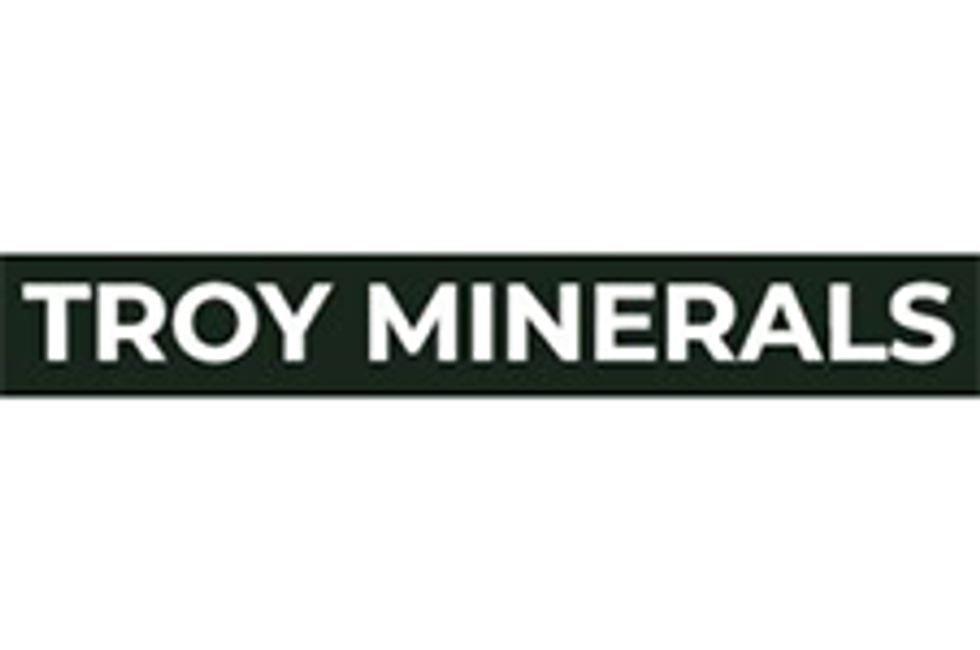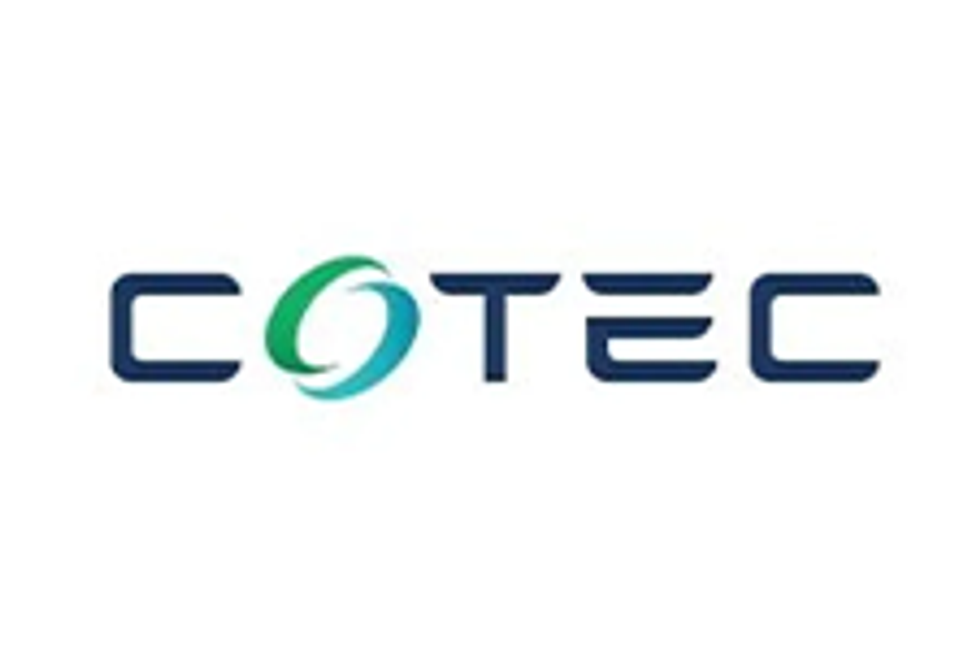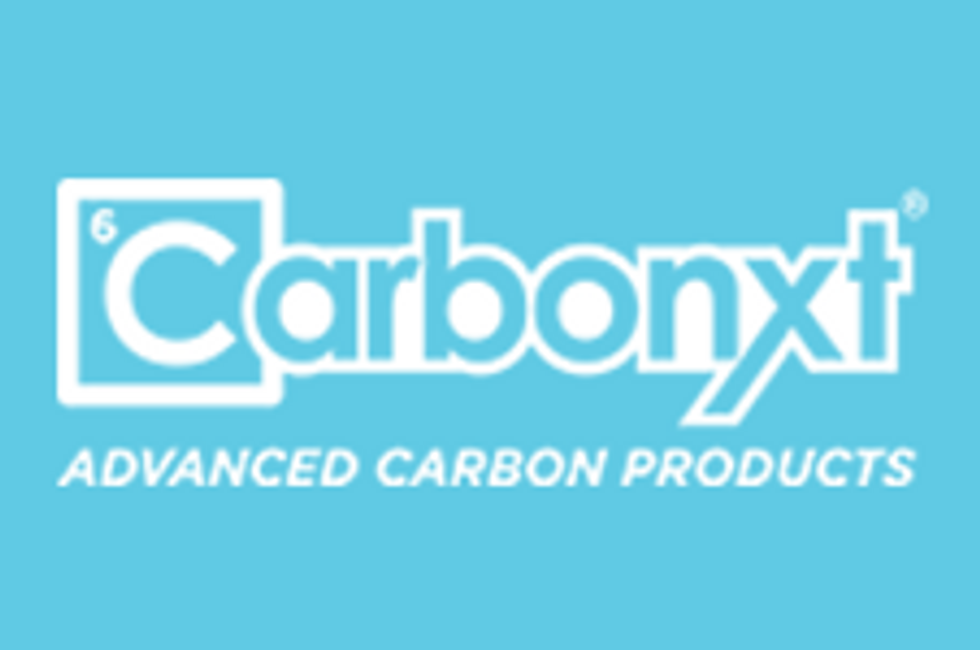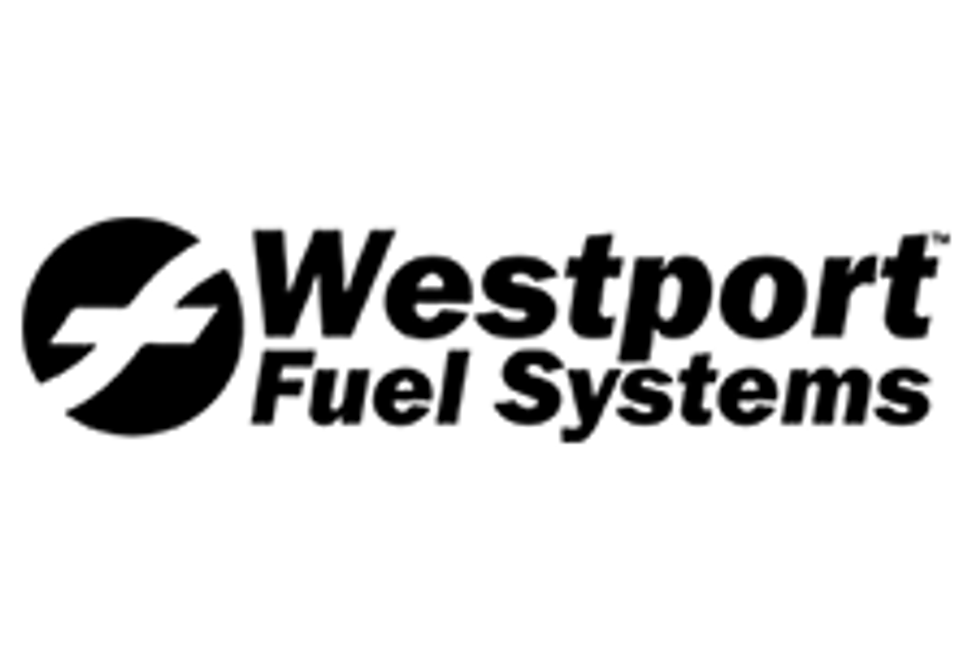How Thermolysis Could Solve the World's Growing Waste Problem
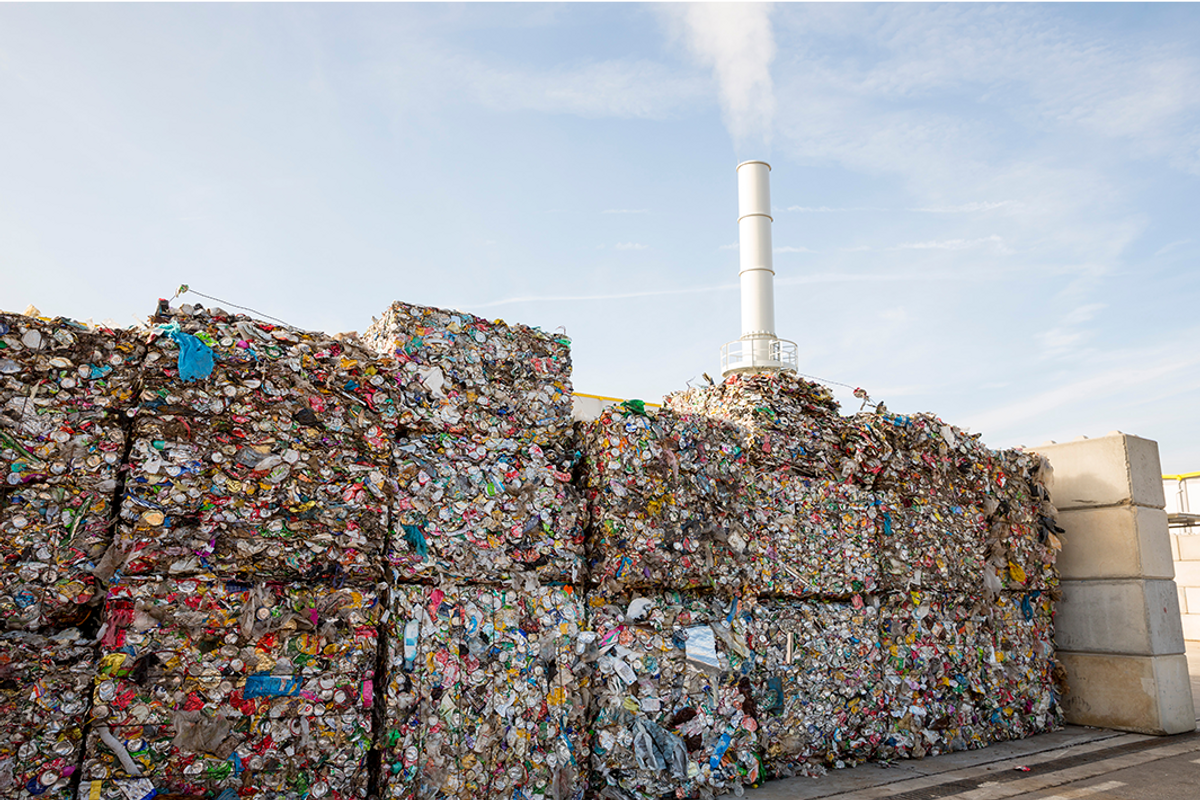
Turning waste into high-value products is key to managing growing global waste challenges.
The world produces nearly 2.2 billion tons of waste each year — enough that, were it all placed in trucks, it would circle the world 24 times. As the world faces a global waste management crisis, sustainable practices such as recycling can only go so far in addressing the problem, which grows worse each year.
As the old saying goes, necessity is the mother of invention.
Thermolysis has enabled a new kind of waste processing beyond simple recycling, transforming waste products back into high-value raw materials. The implications of this innovation are enormous, as are the business opportunities. But to understand them, one must first know about the underlying technology.
What is thermolysis?
Thermolysis is a form of chemical decomposition that occurs due to heat. When a substance reaches a particular temperature threshold — known as a decomposition point — it begins to break down at the molecular level. This process is distinct from melting, as the result is an entirely new substance rather than a phase change.
Given that polystyrene has historically been one of the most significant sources of plastic pollution, it's fitting to use it as an example. Also known as styrofoam, polystyrene has a melting point between 210 degrees Celsius and 249 degrees Celsius. It begins undergoing chemical decomposition around 325 degrees and fully decomposes at 500 degrees.
There are multiple ways one might apply thermolysis to waste management, but the majority follow the same general steps. First, the materials that are to be converted may require preparation. This could include washing, dehydration or even chemical treatment.
Next, the prepared materials are placed into an oxygen-deprived environment to prevent burning. Once the environment is fully sealed, it is then superheated. This process is known as pyrolysis.
Pyrolysis on its own is imperfect. While it does transform waste into more valuable materials, it also tends to produce pollutants such as furans and dioxins. What's more, the result of pyrolysis tends to be cross-contaminated and, therefore, of limited value.
Waste management companies have brainstormed several technologies aimed at addressing this shortcoming. Some combine direct heat with extreme pressure. Others use a combination of direct and indirect heat.
Pyrolysis's shortcomings are most evident when applied to inorganic waste, particularly mixed plastics. Each plastic has a different decomposition point and each decomposes into different substances.
In light of this, some environmentalists have even gone so far as to refer to pyrolysis — and, by association, thermolysis — as greenwashing.
"[Mixed plastics contain] too many types," Last Beach Cleanup founder and chemical engineer Jan Dell explained to Chemical & Engineering News. "There are too many additives. You can't recycle them all together and separating them out defies the second law of thermodynamics. It's just impossible to reorder — like Humpty Dumpty — all these plastics once they've been put into a curbside bin."
To address this problem, some organizations have focused specifically on homogenous plastics, paying a premium for the materials. But there are also multiple innovations geared towards mixed plastics and other similar waste products.
Comparatively, the most basic of these involves specialized adsorbents to soak up undesirable compounds. Some companies have also taken to using superheated steam to transfer heat directly into plastic particles. Many have increasingly begun incorporating a process known as catalysis or catalytic pyrolysis.
Catalysis is exactly what it sounds like. Rather than relying solely on heat, adsorption or pressure, a company introduces one or more catalysts into the pyrolytic process. This can not only lower the decomposition point of waste materials but also help filter out or eliminate unwanted byproducts.
Hydrogenation is arguably the most common example of this, bonding hydrogen to waste products to influence the thermolytic process's output.
Applying thermolysis to waste management
Companies operating within the petrochemical industry are among the most enthusiastic early adopters of thermolysis and pyrolysis. Many of the biggest names in the sector have already established strategic partnerships with waste conversion specialists, while others are hard at work developing their own in-house processes. In both cases, the environmental and capital benefits are the same.
Applying thermolysis to petrochemical waste management allows unprecedented control over emissions. In addition to minimizing a company's carbon footprint — qualifying it for sustainability benefits — this also significantly reduces the release of pollutants. Recycled materials can then be used for sustainable energy generation or circular manufacturing.
Thermolysis makes the circular economy more accessible than ever for businesses. Rather than having to source raw materials exclusively from the resource sector, a company can instead cycle its own waste products back into the supply chain. Again, this simultaneously reduces both environmental harm and operational overhead.
In the long term, thermolytic technologies have the potential to play a major role in both waste and emissions reduction, eliminating harmful materials from vulnerable ecosystems while progressing toward the ultimate goal of global carbon neutrality.
Revenue potential
According to the World Economic Forum, the circular economy represents roughly $4.5 trillion of potential value. The capacity to convert waste into valuable raw materials is a foundational part of this and, therefore represents a considerable chunk of that value. We've already mentioned a few possible revenue streams through which this value could manifest — cost-effectiveness, sustainable manufacturing, energy generation and participation in the carbon economy.
Thermolytic waste conversion also has the potential to produce high-value products, from soil amendments and charcoal to bio-oils and renewable natural gas, disrupting and revolutionizing multiple industries in the process.
To date, there are already many established names in the thermolytic conversion space.
Canadian firm Emergent Waste Solutions is among the most promising. The company has developed a patent-pending Advanced Thermolysis System (ATS) process that combines direct heat, indirect heat, steam and medium pyrolysis to ensure complete separation of carbon-based feedstock and complete penetration of its constituent molecules. The use of superheated steam also makes Emergent's ATS one of the safest systems of its kind by eliminating the need for vacuum pumps and reducing the risk of fire.
Landfill Solutions, based in Madrid, Spain, is another company that has shown considerable promise, having developed a waste management process that hydrolyzes and pelletizes waste before subjecting it to high-pressure thermolysis. The purified gasses produced through this process are then cooled and stored in a tank where they're homogenized and mixed. The company maintains that through this process, it can potentially reduce the amount of waste in landfills by up to 90 percent.
Last but certainly not least, the fittingly named Greek company Thermolysis has developed what it refers to as a revolutionary, next-generation plastic-to-fuel technology. The green tech company, which has yet to announce an IPO, aims to eliminate plastic waste entirely. Revenue generation will primarily be achieved through partnerships with the petrochemical industry.
Investor takeaway
Waste management represents one of the most significant ongoing sustainability challenges facing modern businesses. Thermolysis represents one of the most promising solutions — a cost-effective, low-impact process that converts both organic and inorganic waste into valuable resources. The revenue and investment potential of thermolytic technologies are enormous, as are their potential to help the world along its path to a greener, more sustainable future.
This INNSpired article is sponsored by Emergent Waste Solutions. This INNSpired article provides information which was sourced by the Investing News Network (INN) and approved by Emergent Waste Solutionsin order to help investors learn more about the company. Emergent Waste Solutions is a client of INN. The company’s campaign fees pay for INN to create and update this INNSpired article.
This INNSpired article was written according to INN editorial standards to educate investors.
INN does not provide investment advice and the information on this profile should not be considered a recommendation to buy or sell any security. INN does not endorse or recommend the business, products, services or securities of any company profiled.
The information contained here is for information purposes only and is not to be construed as an offer or solicitation for the sale or purchase of securities. Readers should conduct their own research for all information publicly available concerning the company. Prior to making any investment decision, it is recommended that readers consult directly with Emergent Waste Solutions and seek advice from a qualified investment advisor.

